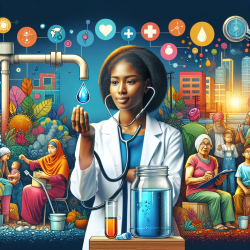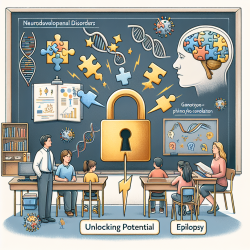Introduction
As a speech-language pathologist, you might wonder how water quality in Mindanao, Philippines, relates to your practice. However, understanding environmental factors that impact public health is crucial for creating better outcomes for children. The research on water quality in Mindanao highlights significant public health concerns that can indirectly affect speech and language development in children.
The Connection Between Water Quality and Child Development
Water quality is a critical public health issue. Poor water quality can lead to diseases such as diarrhea, which is a leading cause of morbidity in the Philippines. Frequent illnesses can disrupt a child's education and overall development, including speech and language acquisition.
Moreover, the presence of heavy metals and pollutants in water can have neurotoxic effects, potentially leading to developmental delays and cognitive impairments. These factors can contribute to speech and language disorders, making it essential for practitioners to consider environmental health in their assessments and interventions.
Data-Driven Decisions for Better Outcomes
As practitioners focused on data-driven decisions, it's important to use empirical evidence to guide our practices. The research on Mindanao's water quality provides data that can inform community health initiatives and policy changes. By advocating for improved water quality, we can contribute to better health outcomes for children, which in turn supports their communication development.
Encouraging Further Research and Community Involvement
The study emphasizes the importance of community involvement in addressing water quality issues. Community-driven development initiatives have been shown to improve public health outcomes. As speech-language pathologists, we can encourage families and communities to engage in these initiatives, fostering environments that support healthy development.
Additionally, further research is needed to explore the direct impacts of environmental factors on speech and language development. By supporting and participating in such research, practitioners can contribute valuable insights that enhance our understanding of the complex interplay between environment and child development.
Conclusion
Understanding the broader context of public health issues, such as water quality, is vital for speech-language pathologists dedicated to improving outcomes for children. By integrating this knowledge into our practice, we can advocate for healthier environments that support the development of communication skills.
To read the original research paper, please follow this link: Water Quality: Mindanao Island of the Philippines.










